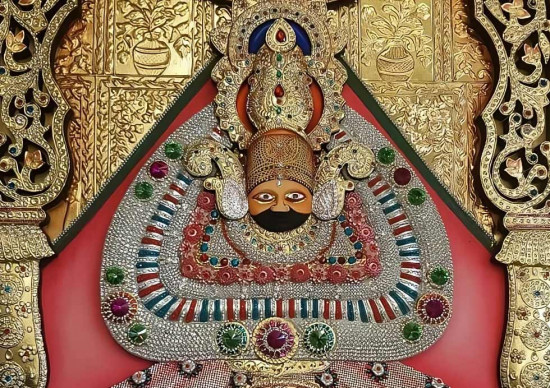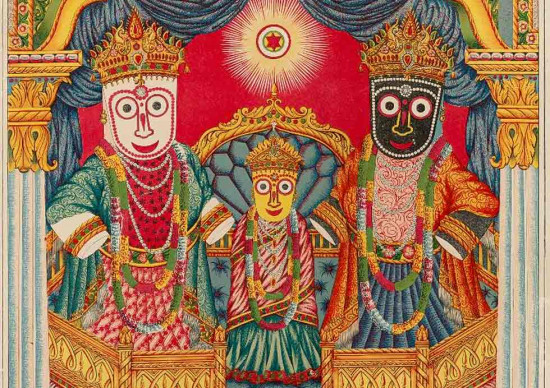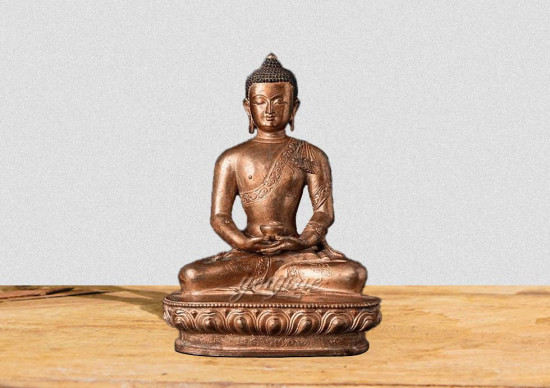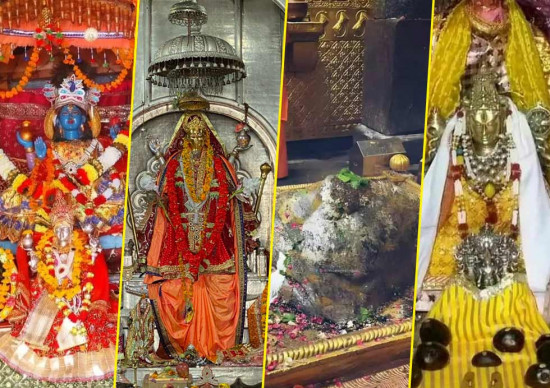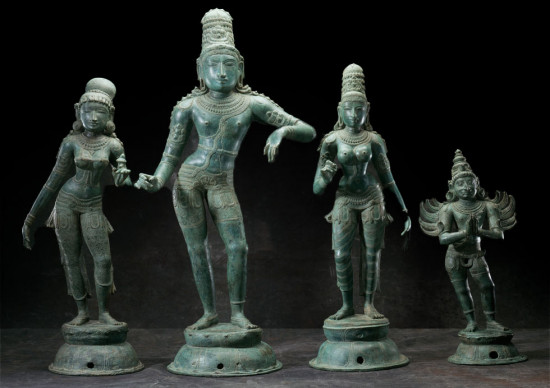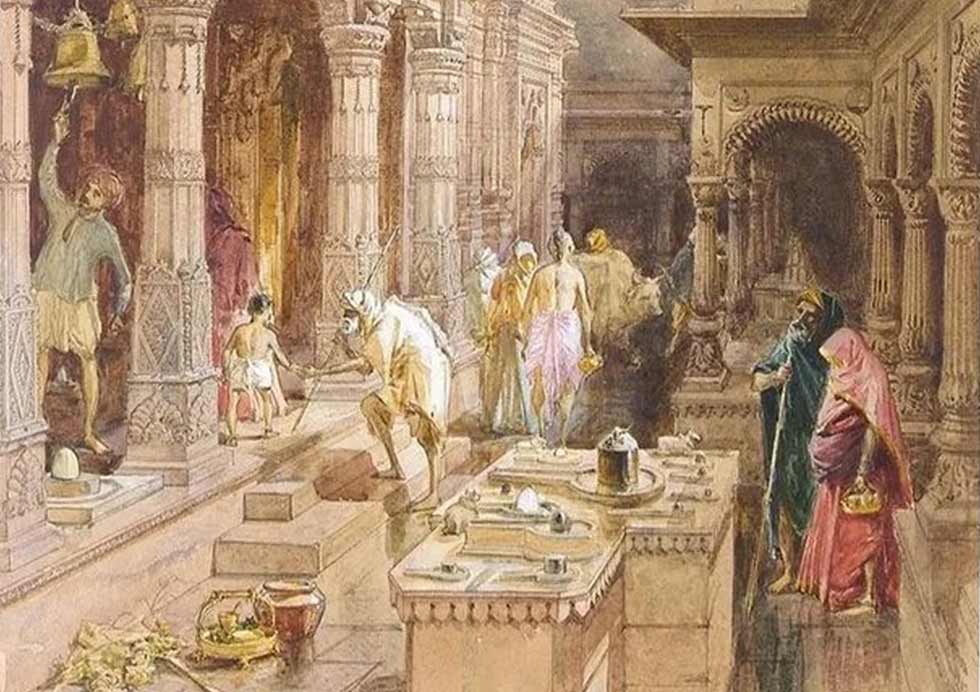
Nestled in the heart of Varanasi, the Shri Kashi Vishwanath Temple stands as a beacon of spirituality and devotion, drawing millions of pilgrims from around the world. As you approach this sacred site, the air is thick with history, devotion, and the unmistakable presence of Lord Shiva. His divine energy resonates through the very stones of the temple, filling the surroundings with a sense of peace and reverence. Known as the lord of destruction and regeneration, Shiva embodies the perfect balance of creation and destruction, both fierce and compassionate.
In Varanasi, this energy is palpably felt. The Kashi Vishwanath Temple is not just a physical structure, but a living symbol of Shiva's eternal power. For millions, it is believed that by visiting this holy site and offering prayers to the sacred Shivling, one can attain liberation (moksha) from the cycle of life and death. The temple's presence is a constant reminder of Shiva’s grace and transformative energy—an embodiment of cosmic forces that govern the universe.
In Varanasi, this energy is palpably felt. The Kashi Vishwanath Temple is not just a physical structure, but a living symbol of Shiva's eternal power. For millions, it is believed that by visiting this holy site and offering prayers to the sacred Shivling, one can attain liberation (moksha) from the cycle of life and death. The temple's presence is a constant reminder of Shiva’s grace and transformative energy—an embodiment of cosmic forces that govern the universe.
The Historical Significance of Kashi Vishwanath Temple
The Kashi Vishwanath Temple's history is not just etched in stone but in the hearts of every devotee who visits. The temple, originally built in ancient times, has witnessed destruction, renovation, and rebirth. It is said to be the place where Lord Shiva resides in his most sacred form – the Shivling. While the exact age of the original temple is a subject of debate, it has been a major center of worship for over 2000 years.
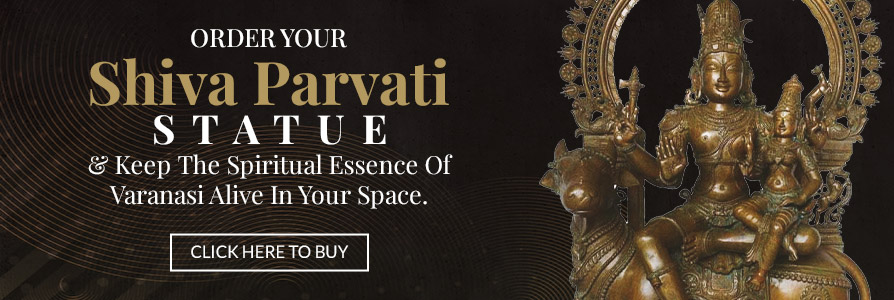
The Spiritual Connection and Mystical Stories
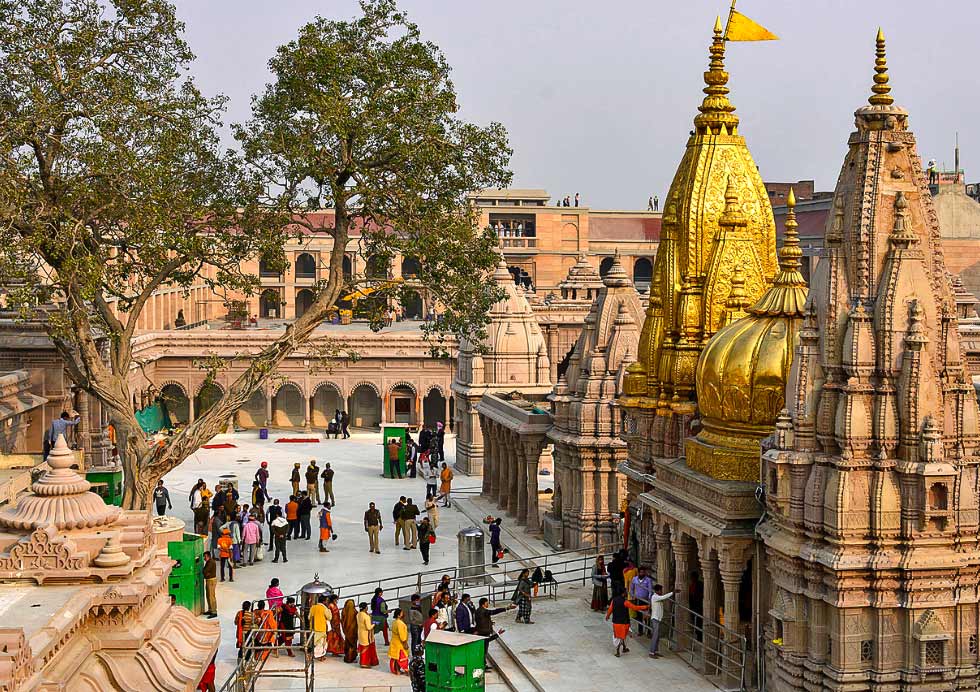
The Shri Kashi Vishwanath Temple is not just a place of worship but a site steeped in ancient legends and divine mysteries. Among the most revered stories tied to this sacred temple is the tale of the Jyotirlinga – the eternal column of light that manifested at this very location, marking Varanasi as the spiritual heart of India.
In their quest to find the origin of this celestial column, the gods took on different forms. Vishnu transformed into a boar (Varaha) and descended beneath the earth to track the Jyotirlinga’s roots. On the other hand, Brahma, assuming the form of a swan, flew upwards into the heavens to find its apex. However, despite their efforts, neither Vishnu nor Brahma were able to discover the origin of the radiant column.
In a turn of events, Brahma, in his pride, deceitfully claimed that he had reached the summit of the column. Vishnu, humbling himself before the divine truth, admitted his failure. For Brahma’s dishonesty, Shiva punished him by severing his fifth head and placing a curse upon him, declaring that Brahma would never again be worshiped or revered as the other gods would be. In contrast, Lord Vishnu, for his honesty and humility, was blessed by Shiva and became equally venerated alongside him, with temples dedicated to him throughout the ages.
The Shri Kashi Vishwanath Temple stands today as a symbol of Shiva's supreme power and the Jyotirlinga that emerged from this divine cosmic event continues to be the focal point of devotion and reverence in Varanasi. Shiva is cursed after cutting one head of Brahma, as he does Brahmhatya.
The legend of the Kashi Vishwanath Temple Shivling is not just a tale from the past but a living story, felt by millions who visit the temple to this day. Here, Shiva is worshiped not only as the god of destruction but as the one who dispels ignorance and illuminates the path to spiritual liberation (moksha).
For those who walk through the temple's sacred halls, the Kashi Vishwanath Temple Story becomes a personal journey—a connection to Shiva's divine energy and the rich history of Varanasi, which has long been considered the center of the universe for Hindus. It is here that the eternal cycle of life, death, and rebirth is believed to be transcended, and it is here that the sacred Shivling continues to bless all who seek spiritual solace.
It is believed that Varanasi is the site of the first Jyotirlinga to ever manifest itself.
According to a story in Hindu literature, this extraordinary event occurred during an argument between the three principal gods of the Hindu trinity: Brahma (the creator), Vishnu (the preserver), and Shiva (the destroyer). The gods, in their divine powers, quarreled over their supremacy in the universe. To settle this dispute, Shiva manifested himself as an infinite column of light, the Jyotirlinga, extending beyond both the heavens and the earth.
In their quest to find the origin of this celestial column, the gods took on different forms. Vishnu transformed into a boar (Varaha) and descended beneath the earth to track the Jyotirlinga’s roots. On the other hand, Brahma, assuming the form of a swan, flew upwards into the heavens to find its apex. However, despite their efforts, neither Vishnu nor Brahma were able to discover the origin of the radiant column.
In a turn of events, Brahma, in his pride, deceitfully claimed that he had reached the summit of the column. Vishnu, humbling himself before the divine truth, admitted his failure. For Brahma’s dishonesty, Shiva punished him by severing his fifth head and placing a curse upon him, declaring that Brahma would never again be worshiped or revered as the other gods would be. In contrast, Lord Vishnu, for his honesty and humility, was blessed by Shiva and became equally venerated alongside him, with temples dedicated to him throughout the ages.
The Shri Kashi Vishwanath Temple stands today as a symbol of Shiva's supreme power and the Jyotirlinga that emerged from this divine cosmic event continues to be the focal point of devotion and reverence in Varanasi. Shiva is cursed after cutting one head of Brahma, as he does Brahmhatya.
The legend of the Kashi Vishwanath Temple Shivling is not just a tale from the past but a living story, felt by millions who visit the temple to this day. Here, Shiva is worshiped not only as the god of destruction but as the one who dispels ignorance and illuminates the path to spiritual liberation (moksha).
For those who walk through the temple's sacred halls, the Kashi Vishwanath Temple Story becomes a personal journey—a connection to Shiva's divine energy and the rich history of Varanasi, which has long been considered the center of the universe for Hindus. It is here that the eternal cycle of life, death, and rebirth is believed to be transcended, and it is here that the sacred Shivling continues to bless all who seek spiritual solace.
Architectural Beauty and Its Symbolism
The Shri Kashi Vishwanath Temple is a masterpiece of architecture, with its golden spires shining in the sunlight and carvings that tell the story of Lord Shiva's divine acts. Every inch of the temple exudes a sense of divinity and timelessness, making it not just a religious place but a living work of art. Much like the statues of Shiva and Parvati that we create at our studio, the temple's design draws inspiration from the profound connection between art and spirituality.
The Rituals and the Devotee Experience
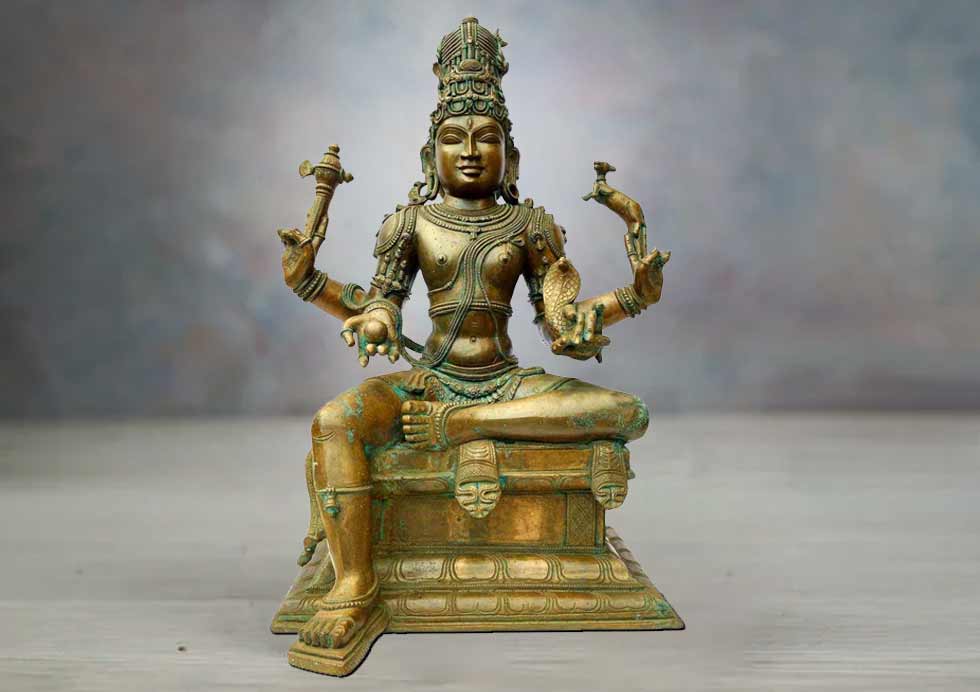
Walking through the sacred corridors of the Kashi Vishwanath Temple, the sounds of bells and mantras fill the air, creating a sense of reverence that is almost tangible. The rituals performed here, from the early morning aarti to the nightly offerings, are designed to help the devotee connect deeply with the divine. Whether it’s the simple act of lighting a diya or offering milk to the Shivling, the experience is powerful, bringing a sense of peace and devotion to all who visit.
Why Kashi Vishwanath Temple is a Must-Visit for Every Devotee
The Shri Kashi Vishwanath Temple is more than just a must-visit for anyone in search of spirituality. It is an experience that will stay with you forever. The energy of the Kashi Vishwanath Temple Shivling, the rich history, the beautiful rituals, and the sheer devotion all make this place unique. And for those who wish to carry a piece of this divine energy with them, our handcrafted statues of Shiva and Parvati capture the essence of the temple’s spiritual beauty. They make perfect keepsakes to remind you of your sacred journey.
The City of Death – A Sacred Journey of Liberation
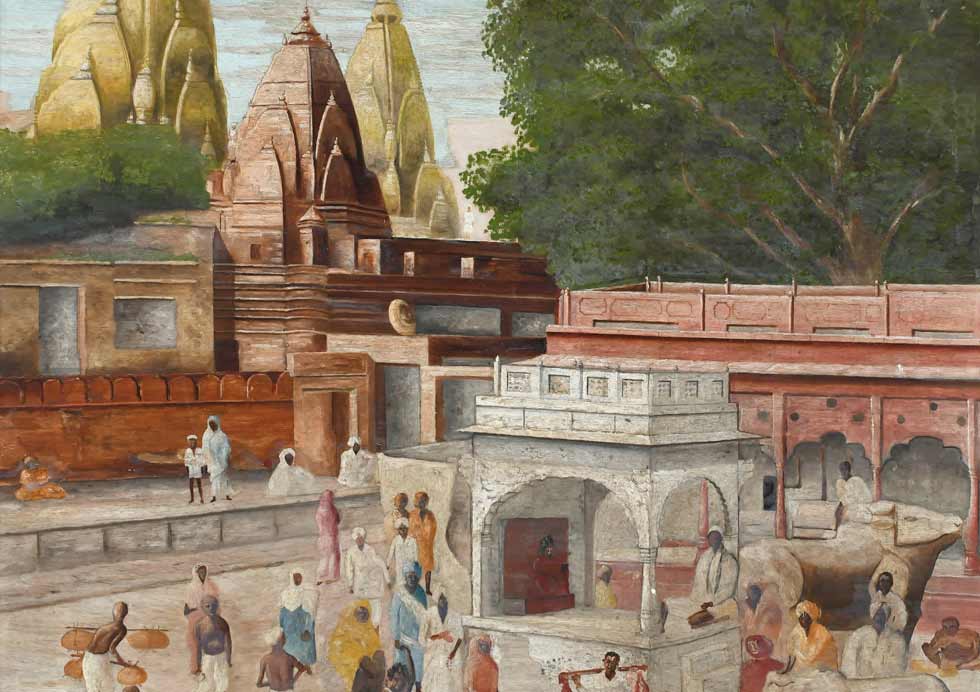
Varanasi, often referred to as the "City of Death," holds a unique and profound significance in Hinduism due to its association with the afterlife and spiritual liberation. Known for having the world's only 24-hour crematorium at Manikarnika Ghat, this sacred city is where the eternal cycle of life, death, and rebirth comes full circle. Hindus believe that dying in Varanasi and being cremated at this holy ghat helps the soul's release from the cycle of reincarnation, granting it moksha or spiritual liberation. The constant presence of funeral pyres burning day and night signifies the city’s deep spiritual connection with Lord Shiva, the god of destruction and transformation.
In Varanasi, death is not feared but revered as a sacred transition. The belief that the Ganges River, flowing through the city, purifies the soul during cremation amplifies the city’s importance as a spiritual haven. Pilgrims from all over the world come to Varanasi with the hope of passing away in this divine city, seeing it as the ultimate place to achieve peace and release from worldly attachments. This unique blend of life and death makes Varanasi an extraordinary destination for those seeking a deeper connection with the divine and a profound understanding of the soul's journey.
In Varanasi, death is not feared but revered as a sacred transition. The belief that the Ganges River, flowing through the city, purifies the soul during cremation amplifies the city’s importance as a spiritual haven. Pilgrims from all over the world come to Varanasi with the hope of passing away in this divine city, seeing it as the ultimate place to achieve peace and release from worldly attachments. This unique blend of life and death makes Varanasi an extraordinary destination for those seeking a deeper connection with the divine and a profound understanding of the soul's journey.
Conclusion
The Kashi Vishwanath Temple Story is one of deep devotion, divine history, and spiritual connection. Whether you’re seeking peace, blessings, or simply a deeper understanding of yourself, a visit to this sacred site will leave you transformed. And if you wish to carry that energy with you, our collection of Shiva and Parvati statues can help bring the temple’s divine presence into your home. Come, explore, and let the journey to Varanasi be one of both spiritual and artistic discovery.

